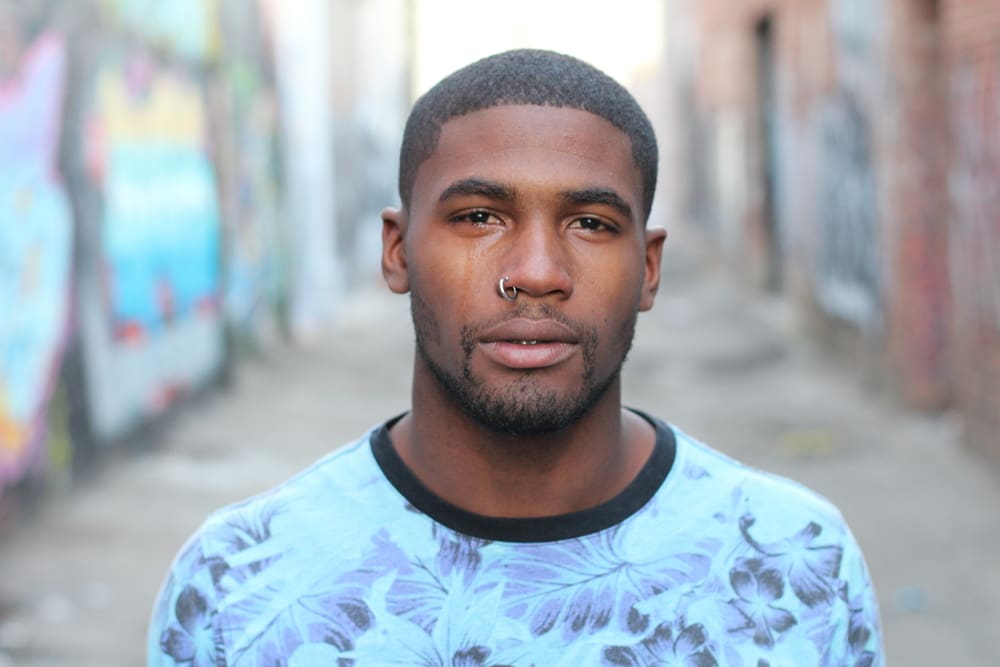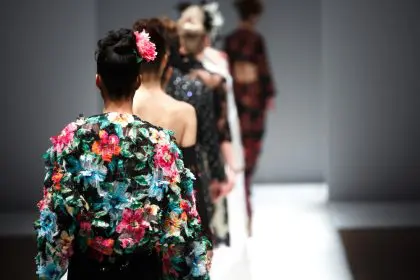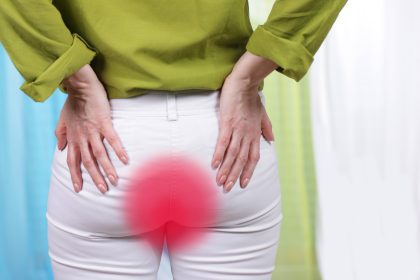That cute nose ring you’ve been eyeing on social media might not be as harmless as it looks. Medical experts are raising alarm bells about serious health risks that come with this trendy form of self-expression, and their warnings might make you think twice before getting pierced.
The infection risk you never saw coming
While most people worry about the initial piercing pain, medical professionals are more concerned about what happens in the weeks and months that follow. Behind that sparkly stud lurks a serious risk of bacterial and fungal infections that can turn your fashion statement into a medical emergency.
Even the most meticulous cleaning routine might not be enough to prevent complications. Medical experts have seen cases where seemingly well-maintained piercings developed severe infections, leading to emergency room visits and, in some cases, permanent scarring.
Your body might be silently fighting back
Here’s something your piercer might not tell you – your body could literally reject your nose ring. Medical professionals describe seeing cases where the body treats the piercing as an invader, slowly pushing the jewelry out through the skin. This process, known as migration, can leave lasting damage to your nose’s appearance.
The scary part? You might not even notice it’s happening until significant damage has already occurred. What starts as mild redness can progress to a full rejection, leaving you with more than just a failed piercing to worry about.
The breathing problem no one talks about
Perhaps the most overlooked risk of nose rings is their impact on something we do roughly 20,000 times a day: breathing. Medical experts warn that nose piercings can interfere with normal respiratory function, especially during sleep or exercise.
The interference might seem subtle at first, but over time, it can lead to significant changes in breathing patterns. Some individuals have reported developing chronic sinus issues after getting their nose pierced, a connection that’s only now being fully understood by medical professionals.
When allergies attack
Think you’re not allergic to metals? Your nose might disagree. Medical experts report seeing an alarming number of severe allergic reactions to nose jewelry, even in people who’ve never had metal sensitivities before.
These reactions can range from mild irritation to severe inflammation, and they often appear without warning. Even more concerning, some allergic responses can develop months or years after the initial piercing, catching people completely off guard.
The hidden cost of healing
While piercers often quote a healing time of a few weeks, medical professionals paint a different picture. The reality is that nose piercings can take months to fully heal, and during this time, your risk of complications remains high.
The extended healing period requires constant vigilance. Swimming pools, hot tubs, and even certain skincare products become potential threats to your healing piercing. This prolonged vulnerability period is something many people don’t consider when making their piercing decision.
The professional price tag
Your nose ring might cost you more than money – it could cost you opportunities. Medical professionals warn that even well-healed nose piercings can become problematic in certain professional settings, particularly in healthcare or food service industries where strict hygiene protocols must be followed.
The scar factor
While most people focus on how their nose ring will look, medical experts want you to think about what happens if you decide to remove it. Nose piercings can leave noticeable scars, and depending on your skin type and healing patterns, these marks might be permanent.
The sinister side of swelling
What starts as normal post-piercing swelling can quickly become problematic. Medical professionals have observed cases where swelling led to embedded jewelry, requiring surgical intervention to remove. This risk increases with certain nose shapes and jewelry types, making it crucial to understand your anatomy before getting pierced.
The respiratory reality check
Your nose does more than just hold jewelry – it’s a crucial part of your respiratory system. Medical experts explain that even small changes to nasal anatomy can impact breathing efficiency, immune function, and overall respiratory health.
The maintenance maze
Maintaining a nose piercing isn’t just about keeping it clean. Medical professionals emphasize that proper care involves understanding how different environmental factors, activities, and even weather conditions can affect your piercing.
When fashion meets function
Despite the risks, nose piercings remain popular. Medical experts aren’t saying you shouldn’t get one – they just want you to make an informed decision. Understanding these hidden risks allows you to better protect yourself if you choose to get pierced.
The key to safe nose piercing lies in proper preparation, professional execution, and vigilant aftercare. Medical experts emphasize working with licensed professionals who prioritize safety over speed and choosing high-quality jewelry that minimizes risk.
Most importantly, they stress the importance of listening to your body. Any persistent pain, unusual discharge, or changes in breathing patterns warrant immediate medical attention. When it comes to nose piercings, it’s better to be overly cautious than to risk serious complications.
Remember, while nose rings can be a beautiful form of self-expression, they carry real medical risks that deserve careful consideration. Taking these warnings seriously and following proper care guidelines can help ensure your piercing journey is safe and successful.












